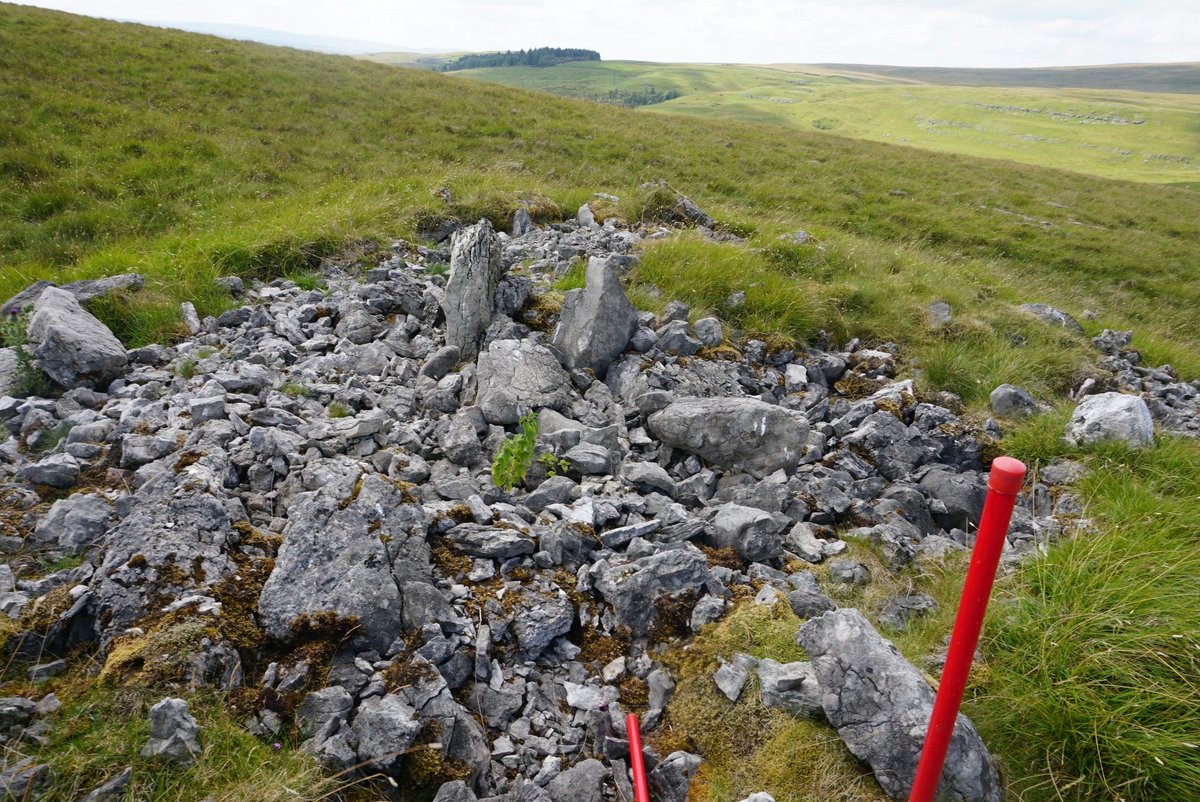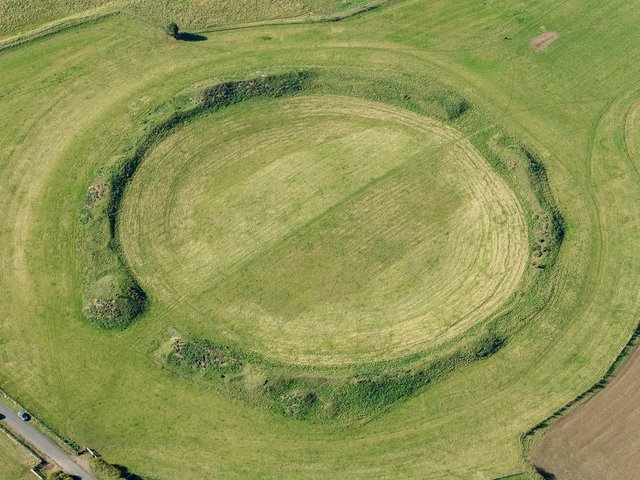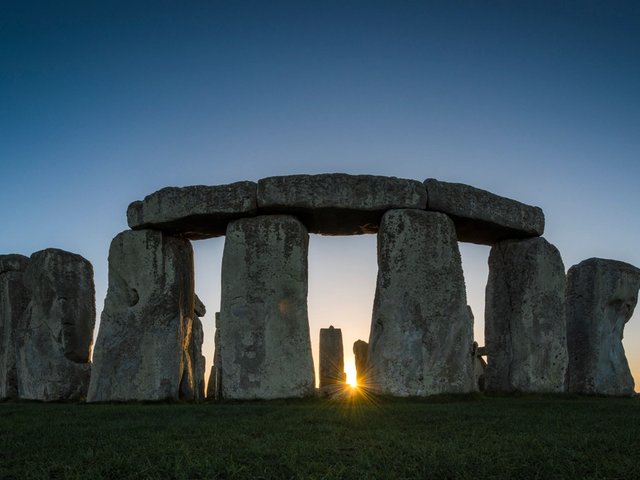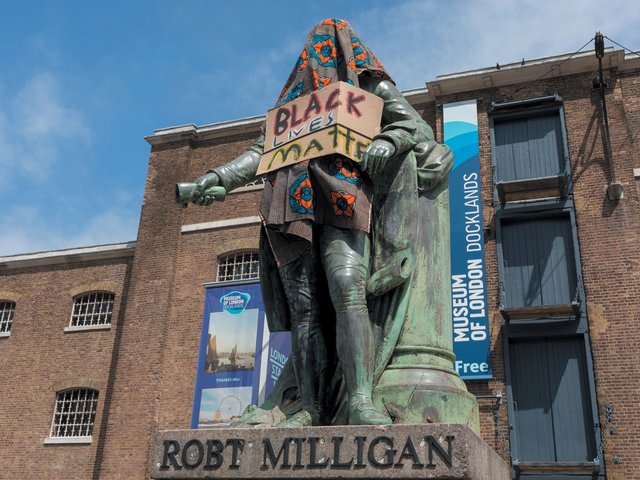The Dudderhouse Hill long cairn in the Yorkshire Dales National Park is one of the earliest visible structures in England’s landscape. The 5,000 year old cairn—a human-made stack of stones, usually used as a form of marker—is likely to be older than Stonehenge.
The rare neolithic cairn, which would have consisted of structured chambers when it was intact, has seen some of its stones removed in recent years to make way-markers for walkers. Today, the cairn survives as a partly turf-covered oval mound of stones approximately 23 metres long, up to twelve metres wide, and one metre high.
Myra Tolan-Smith, the Historic England listing adviser for the North region, told The Art Newspaper that the site will now be a Scheduled Ancient Monument, after first being officially recorded in 2008. This means the cairn is now officially recognised as nationally important archaeological site, and will be protected against change or damage.
“In 2023 it was noted that an upper layer of stone had been removed from it to enhance a nearby walkers’ cairn, which prompted a scheduling application to Historic England,” she explained. “We hope that its new status as a prehistoric funerary monument of national importance will raise awareness amongst the wider public of both the importance and the vulnerability of this significant part of our shared cultural heritage.”
Prehistoric long cairns like this one are believed to be amongst the first structures communally built by humans and offer insights into the lives, deaths and beliefs of England’s first farming communities.
Duncan Wilson, the chief Executive of Historic England, said: “What makes this discovery particularly significant is that it belongs to a small group of recently identified long cairns in the Yorkshire Dales, an area where these monuments were once thought to be absent. Each discovery helps us build a more complete picture of how our ancestors shaped and understood their landscape.”
The Dudderhouse Hill monument is positioned with views towards the prominent peak of Pen-y-Ghent and appears to mirror the Ingleborough to Simon Fell ridge to the north-west.
David Noland, the member champion for cultural heritage at the Yorkshire Dales National Park Authority, said: “This decision recognises the long cairn as one of a relatively small number of such nationally important monuments that survive in the country. It also means we can now plan a holistic repair and interpretation project on the monument, to address the recent damage that the site has suffered.”






